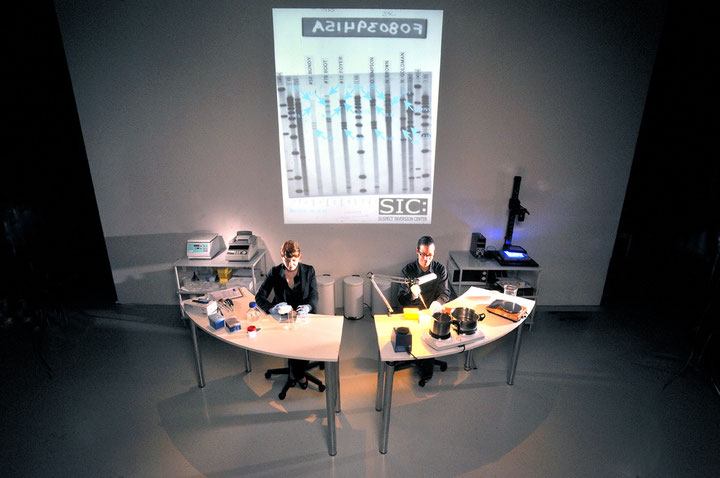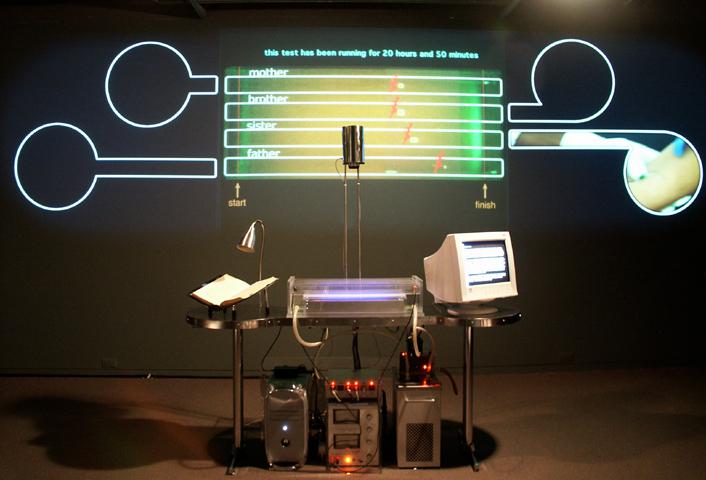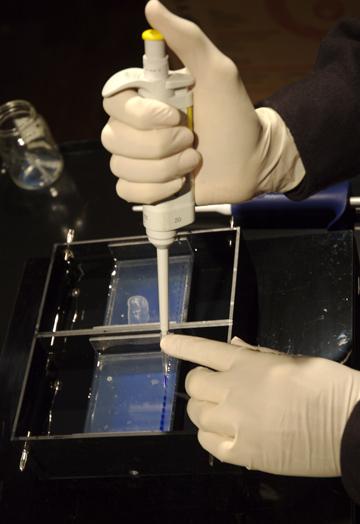Among the major breaking news of 2011 there is undoubtedly the murdering of Osama Bin Laden by U.S. soldiers on 2nd of May. Almost every general news channel reported the news as it was a story with the highest potential of audience attention all over the world. The first picture that should have proven Osama is death was quickly unveiled (or revealed) to be an old photoshopped one, thanks to a few internet investigators, whose analysis and proofs were virally spread online. No other evident visual proof has been published since then although the U.S. administration has affirmed more than once that pictures exist but they are too »strong« to be published shown on mass media. How strong we will probably never know, but the first historical reference that comes to mind is the very famous picture of the Che Guevara corpse shown by Bolivian military made by Freddy Alborta, which was published with no big fears by newspapers worldwide in 1967. Actually, even avoiding conspiracy theories, it is almost surreal that a global multitude of readers and spectators of the XXI. century are assuming that the murdering was real without any visual proof. The only proof that was sported by U.S. official sources was the DNA test, that together with unspecified other »physical« ones gave »99,9 per cent certainty that it was him.« In the most visually driven era ever, can a »DNA test« convince us that ainformation is true without anything else beyond the trustfulness or the reputation of the information source? Is DNA and its use only the start of an endless spectacle of science and forensics in the media? Let us collect a few more facts. In the months before the Osama murdering the Investigative Committee of Russia´s Prosecutor´s Office proposed a policy of establishing a database of immigrants´ fingerprints and DNA »against rising hate crime« triggering ethnic tension and provoking nationalist crimes.
Furthermore the inclusion of DNA personal records in state-owned databases is shared by almost all of the European countries which are filling their national DNA database. The purpose is the same: preventing immigrants´ crimes and ethnic tensions. During the Libyan crisis an already approved law was touted by the Italian government as one effective countermeasure: DNA Testing for Parentage Establishment, in order to prove biological relationship of immigrants claiming to be able to finally join their children (and so being accepted in the country) in order to prevent possible frauds. Many European countries already have similar laws, and for some the test is voluntary (like in Italy), but strongly suggested by any bureaucrat for being successful in the application. It can become mandatory when there´s any doubt about the parentage establishment (like France). Finally »DNA« has entered common language as an alternative to »blood«, meaning »where my deep essence is hosted.« So the expression »it is/it is not in my DNA« has substituted »I have *something* in my blood.« To stick with the Italian right wing government, the Minister of Defence declared, for example, that »fighting clandestines is in the DNA of the right wing supporters.« It is evident then that the role of DNA in popular culture transcends its strict forensic nature and even its gossip aspects (famous people recognizing illegitimate children). Artist Paul Vanouse uses the relatively simple and understandable »gel electrophoresis« technique to isolate DNA. In the exhibition »Fingerprints« curated by Jens Hauser at the Schering Stiftung in Berlin (one of the Transmediale.11 satellites) he built a functional public laboratory called »Suspect Inversion Center (S.I.C.).« where historically significant DNA fragments were reconstructed by him and Kerry Sheehan before the visitors´ eyes using the artist´s own DNA. Named after the so-called »CSI effect« (the omnipotence of forensic technologies which has as a consequence the popularization of sciences false myths), the project focused first on O. J. Simpson´s DNA, in the author´s words, »reconstructing and thus effectively deconstructing the entire historical documents.«
The artist, in fact, was able, starting from his own DNA, to produce O. J. Simpson´s DNA, playing with the arbitrary parameters used when extracting it with gel electrophoresis. The Simpson choice was not made by accident: it deals with the first case of DNA forensics which involved a mass audience, triggered by huge media coverage. At the time, the use of cryptic scientific terms was simply swallowed by the audience, then entering into common language. Vanouse was able to experience the success of Barry Scheck and Peter Neufeld, experts of Simpson´s DNA, who not only were able to dismantle the prosecutor´s claims, but went well beyond, freeing wrongly convicted US death-row inmates, mainly because of touted DNA evidence. Their ongoing effort is called »Innocence Project« and it´s one of the most important non profit law projects in the United States. Vanouse has produced other artworks in the past dealing with the same topic, proving the statement that DNA can be a medium, and so it can be used to explore different connected territories enhancing paradoxes and contradictions. In »Relative Velocity Inscription Device«, for example, the artist literally raced DNA across the entire DNA sequencing gel, from his own Jamaican-American multi-ethnic family members. It was an installation but also an ironic scientific experiment exploring the relationship between Eugenics and Genomics in the 20th Century. This absurd race against each other was meant to test their »fitness«, highlighting the obsession with this genetic fitness, deeply questioning old and nevertheless still popular concepts like »race hybrids as inferiors.« After a decade of scientific statements about the absence of scientific basis for race, it seems that media manipulation about genetic fitness, based on the pseudo-scientific popularization of DNA tests would be hard to stop. The visualization of the race is then much closer to the visual power of TV news than to the competitive fictitious environment of a videogame. »Latent Figure Protocol« is another artwork based on electrophoresis through which the artist constructs simple pixel-like pictures of powerful symbols like copyright (©) or »skull and bones.« Here the relationships between the symbol, its meaning and how it is composed are subtly subverted. He creates for example a copyright symbol with the DNA of a patented micro organism. So its essence representation (the DNA) is visualized as a universal symbol, which symbolizes as well its nature in a short circuit of meanings. Vanouse defines the DNA image as »the most culturally authoritative artifact of our era«, and he´s one of the few artists dealing with such controversial issues being able to communicate his work to a vast audience. And if we´re going to face the era of science as spectacle, his perspective and work is one that is very much needed.
Paul Vanouse:
http://www.contrib.andrew.cmu.edu/~pv28/




